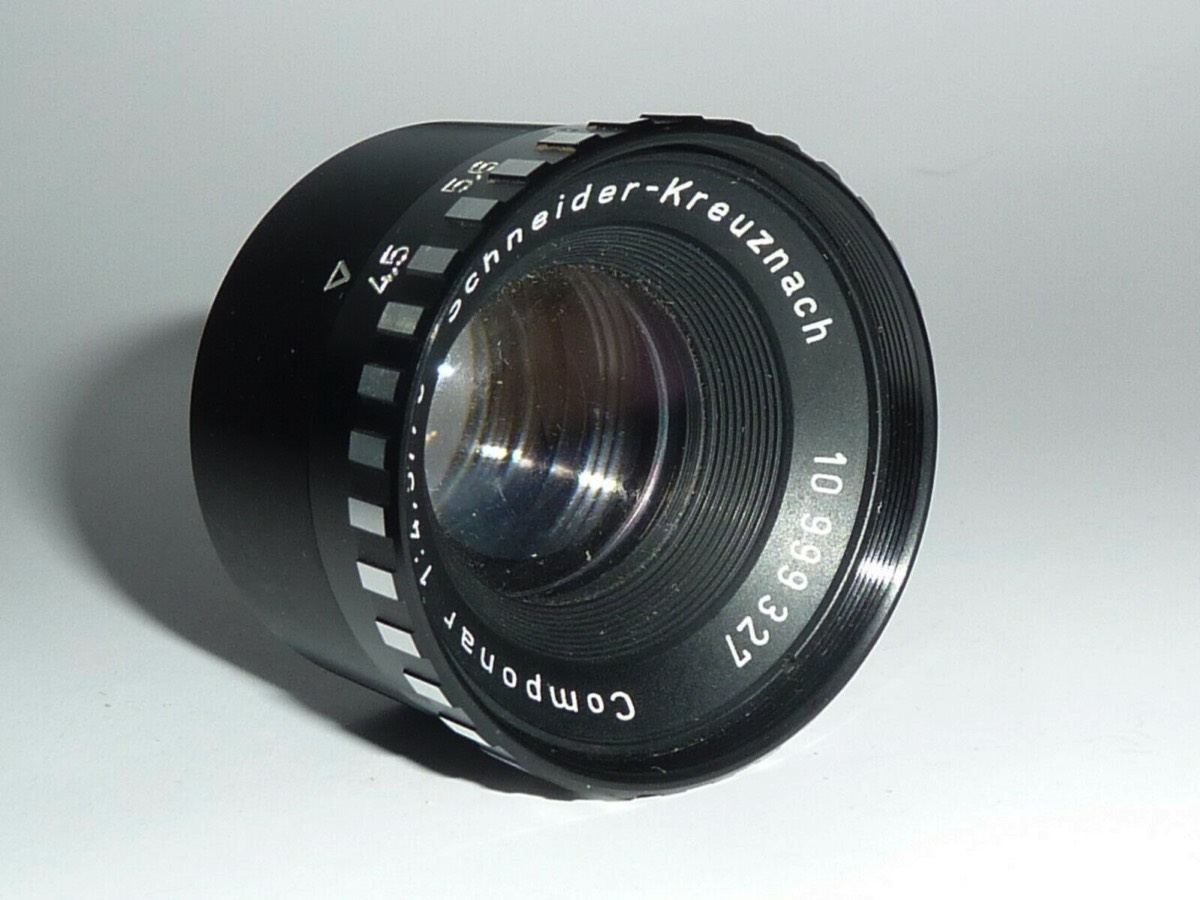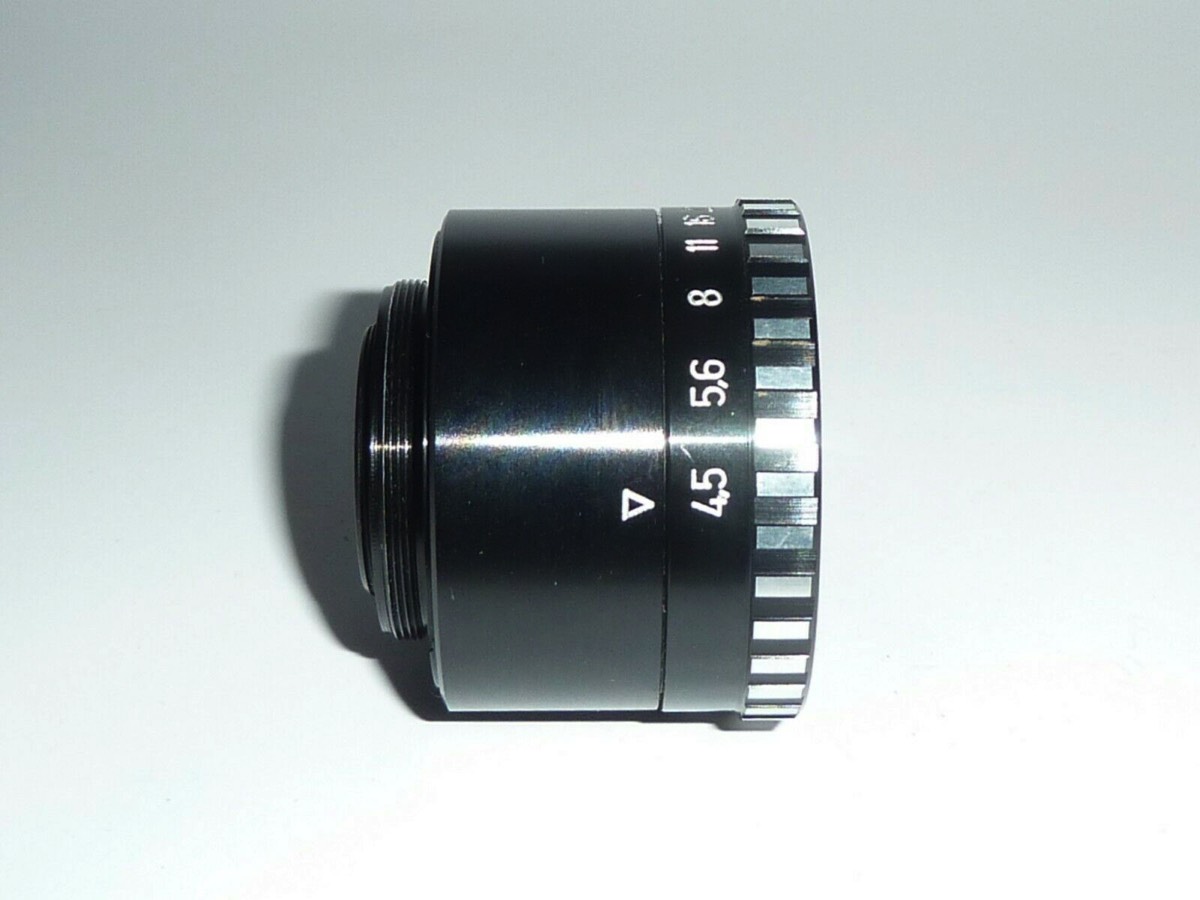The Lens details of a series of images taken by Steve Cushing on mirrorless camera.
History
Schneider-Kreuznach is the abbreviated version so they name is actually longer still it was made by Jos. Schneider Optische Werke GmbH. They are a manufacturer of industrial and photographic optics. The company was founded on 18 January 1913 by Joseph Schneider as Optische Anstalt Jos. Schneider & Co. at Bad Kreuznach in Germany. The company changed its name to Jos. Schneider & Co., Optische Werke, Kreuznach in 1922, and to the current Jos. Schneider Optische Werke GmbH in 1998.
In 2001, Schneider received an Oscar for Technical Achievement for their Super-Cinelux motion picture lenses. It is best known as manufacturers of large format lenses for view cameras, enlarger lenses, and photographic loupes. It also makes a limited amount of small- and medium-format lenses, and has at various times manufactured eyeglasses and camera rangefinders, as well as being an OEM lens maker for Kodak and Samsung digital cameras. It has supplied the lenses for various LG devices and the BlackBerry Priv. It also supplied the lenses for the Kodak Regent camera in the 1930s and other classic cameras such as certain models of the Rolleiflex starting in the 1940s, the Kodak Retina and Kodak Retinette camera series in the 1950s and 1960s, and certain specialty lenses for Hasselblad. In 1961, it created Feinwerktechnik GmbH, a manufacturer of electrical-hydraulic servo valves.
The history of German lenses mirrors German history and all of its highs and lows. World War I, the global financial crisis and World War II were years of ups and downs. From 1933 and through World War II many german manufacturers supported the Nazi regime as did most major German industries. When World War II began in September 1939 there was an air of invincibility in Germany, and in keeping with traditional practice, lens maker products proudly borne the makers trademark and city of origin of the product. Forced foreign labourers (Fremdarbeiter) were brought to work at manufacturing facilities.
In 1945 the U.S. Third Army advance, and on April 13 the regimental combat team 80th Division cleared Jena where they found the Carl Zeiss factory complex. It had sustained what they described as "surprisingly little effective bomb damage"
After the defeat of Nazi Germany in WWII, in compliance with the Yalta agreements the U.S.military forces departed. In June or early July the Russian military forces occupied Jena and the remainder of what became East Germany (German Democratic Republic). Russians 'appropriated' the original optical equipment and designs from Carl Zeiss factory in Jena. Carl Zeiss know-how was one of the most prized possessions of the post-war era and helped accelerate innovation in the USSR's optical industry, By one year later, the Russians had evacuated much of the remaining technical and management staff and about 92% of the Carl Zeiss Jena manufacturing facilities to the east. But the Russian fear of possible further conflict with the western allies rendered moving any production capability into a more defensible Russian province a sensible strategic step.
Most folk have heard of Zeiss which was founded in 1846 and is one of the most enduring manufacturers of anything mechanical anywhere in the world. Similarly they have heard of Leitz which is nearly as old with their Leica cameras and lenses as famous as any photography apparel. Voigtlander completes the pantheon of optics from Germany. But unknown to many there is a fourth German optics company that, whilst getting far less attention, is almost as old and just as important in German optics manufacturing. That company is Schneider-Kreuznach formed in 1913. Unlike Leica, Schneider-Kreuznach has been almost exclusively a lens manufacturer, and the cameras these lenses have fitted to are legendary and varied; Hasselblads, Rolleis, Kodak digital cameras, and more recently LG smartphones.
Schneider-Kreuznach lenses have gone to the moon, and they’ve won an Oscar for technical achievement.
This Lens
This lens is an enlarger lens not a camera lens. It is unusual even for an enlarger lens as it has a square aperture. Enlarger lenses are a boon. Because of the virtual death of film, you can pick up amazing lenses that used to go for 300-1000 Euros for a few euros on eBay, 25-50 Euros for really good ones is typical.
Good enlarger lenses are built to very high precision, often much higher than "general purpose" photographic lenses. Nikon used to churn out over a million 50mm f1.8 lenses a year, for 69 Euros each. At the same time, they were building the slower, simpler 50mm f2.8 El-Nikkor enlarger lens and selling it for 325 Euros. Part of that price difference is simply the smaller quantity. But part is the higher precision with which they made the El-Nikkor.
"Componar" was the name Schneider used for their series of budget enlarging lenses. With Schneider enlarging lenses, one must pay very close attention to the vowels and ending letter: Componar = 3 elements in 3 groups, Comparon = 4 elements in 3 groups, Componon = 6 elements in 4 groups. So this lens is a Componar with just three elements and four aperture blades, hence the square bokeh.
As an enlarging lens, the 75 mm focal length was intended for 6x6 cm negatives.
Dated 1967 I actually purchased the lens for 30 euros new and still in its original packaging a box.






